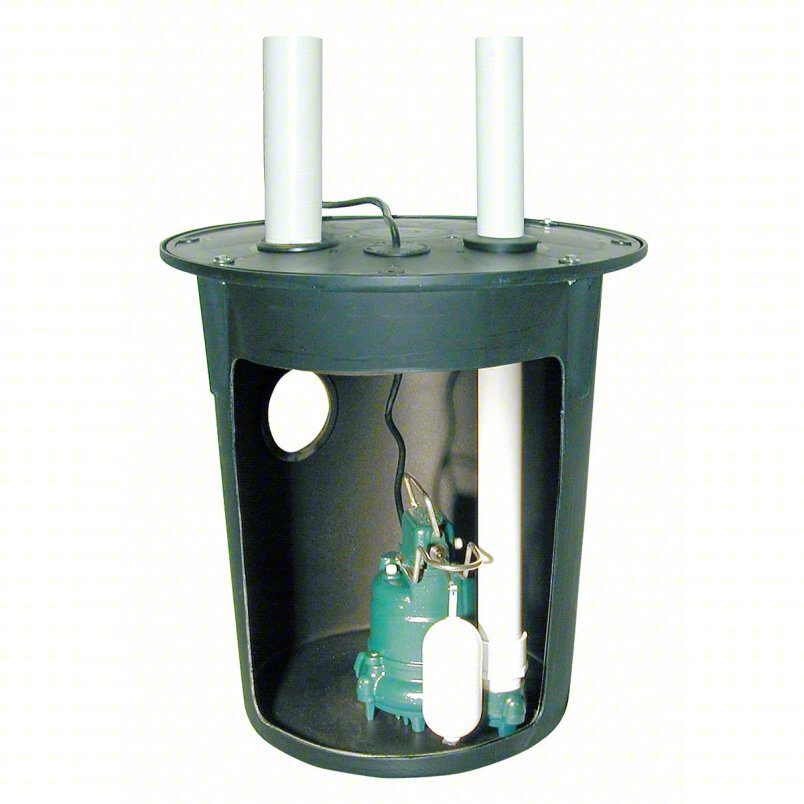Sump Pump
A sump pump is a device that is installed in a basement or crawlspace to help prevent flooding or water damage by removing excess water that accumulates in a sump pit. The sump pit is a hole dug into the lowest point of the basement or crawlspace and is designed to collect water that enters the space.
When the water level in the sump pit rises to a certain level, a float switch on the sump pump is triggered, and the pump begins to remove the water from the pit and discharge it outside the home, typically through a pipe that leads to a drainage area or a storm sewer.
Sump pumps are typically used in areas with high water tables or where flooding is common, and they are essential for protecting a home's foundation and preventing water damage to belongings in the basement or crawlspace.
There are two main types of sump pumps: pedestal and submersible. Pedestal sump pumps have a motor that sits above the sump pit, while submersible sump pumps are designed to be placed inside the pit, where they are protected from water and debris.
Regular maintenance of a sump pump, such as testing the unit and cleaning the sump pit, is important to ensure that it is functioning properly and to prevent potential issues. It is also recommended to have a backup power source for the sump pump in case of power outages or other emergencies.

When do you need to replace a sump pump?
Sump pumps can last for many years, but they may need to be replaced if they are no longer functioning properly or if they are unable to keep up with the demands of the space they are protecting. Here are some signs that may indicate it's time to replace a sump pump:
- Age: Sump pumps typically have a lifespan of around 7 to 10 years, so if your pump is older than that, it may be time to consider replacement.
- Frequent cycling: If your sump pump is turning on and off frequently, it may indicate that it is no longer functioning properly or is not powerful enough for the space it is protecting.
- Unusual noises: If your sump pump is making unusual noises, such as grinding or rattling sounds, it may indicate that the motor or impeller is damaged and needs to be replaced.
- Failure to turn on: If your sump pump fails to turn on when water enters the sump pit, it may be a sign that the float switch is stuck or that the pump is no longer functioning properly.
- Visible rust or damage: If you notice visible signs of rust, corrosion, or other damage on your sump pump, it may be a sign that the unit is no longer functioning properly and needs to be replaced.
It is important to have your sump pump inspected and tested regularly to ensure that it is functioning properly and to identify any potential issues before they become major problems. If you are unsure whether your sump pump needs to be replaced, it is recommended to consult with a licensed plumber or sump pump specialist.
